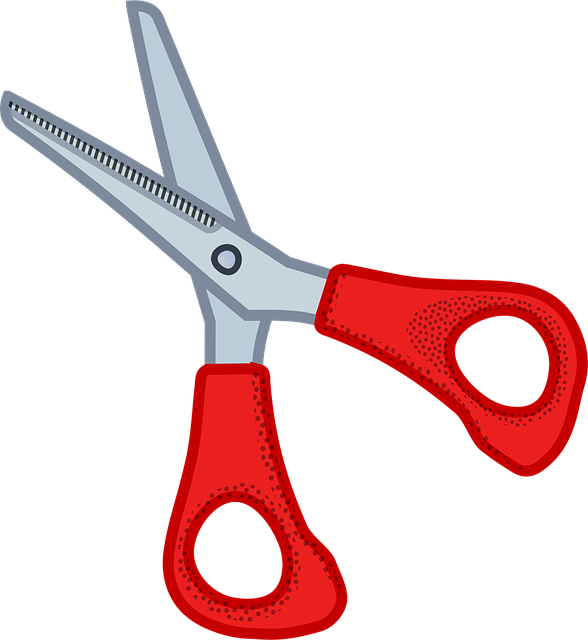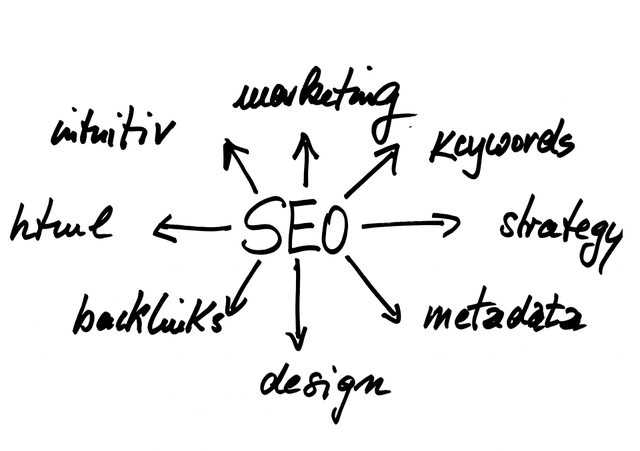Internal linking for SEO tools enhance site visibility and user experience by optimizing link structure. These tools identify broken links, optimize anchor text, and guide search engines through relevant pages, improving indexing and rankings. By strategically placing links in content, websites attract organic traffic, distribute link equity evenly, and signal keywords, leading to better search results over time.
In the digital marketing landscape, internal linking is a powerful strategy to boost SEO and user engagement. This article explores how effective internal linking can revolutionize your website’s performance. We’ll delve into the fundamentals of understanding and optimizing internal links, with a focus on transactional keywords. Discover the benefits of a strategic approach, learn about essential tools for SEO, and find out how to create an intuitive user experience through clever linking. By the end, you’ll be equipped to measure success and enhance your website’s visibility.
- Understanding Internal Linking for SEO
- Benefits of Effective Internal Link Strategy
- Choosing the Right Tools for Internal Linking
- Optimizing Landing Pages with Transactional Keywords
- Creating a Seamless User Experience Through Links
- Measuring Success: Tracking Internal Link Performance
Understanding Internal Linking for SEO

Internal linking is a fundamental SEO (Search Engine Optimization) strategy that connects relevant pages within a website, creating a network that aids search engines in crawling and indexing content more efficiently. It’s not just about improving accessibility; it also plays a significant role in boosting your site’s overall visibility on search engine results pages (SERPs). When you implement an effective internal linking for SEO tool or strategy, you’re essentially guiding search engines to understand the hierarchy and relevance of your web pages.
This process involves linking related content together, allowing users to navigate seamlessly between topics while also helping search algorithms determine the importance of each page. An internal linking for SEO tutorial might highlight best practices such as using anchor text that accurately represents the linked page’s content, ensuring a logical flow of links, and avoiding excessive or low-quality linking. A well-crafted internal linking for SEO strategy can enhance user experience, reduce bounce rates, and encourage longer sessions—all factors that contribute to improved search rankings over time.
Benefits of Effective Internal Link Strategy

An effective internal linking strategy offers a multitude of benefits that can significantly boost your site’s SEO performance. By using an internal linking tool, you can seamlessly integrate relevant links throughout your content, guiding users and search engines alike to related pages on your website. This not only enhances user experience by making information easily discoverable but also signals to search algorithms the importance and relevance of specific pages within your domain.
One of the key advantages is improved SEO optimization for internal linking. Strategically placed links can help search engine crawlers understand the hierarchy and structure of your site, leading to better indexing. This, in turn, increases visibility and rankings for target keywords, as search engines are able to assess the overall quality and authority of your website more accurately. Additionally, internal linking for SEO tips encourages a more balanced distribution of link equity, ensuring that every page on your site contributes to its overall SEO strength.
Choosing the Right Tools for Internal Linking

Selecting the appropriate tools for implementing effective internal linking is a strategic move that can significantly impact your search engine optimization (SEO) efforts. When it comes to internal linking for SEO, the right tool can streamline the process and ensure your site’s architecture supports both user navigation and powerful link equity distribution.
Consider looking for an SEO tool that offers robust features tailored for internal linking. These tools typically provide insights into broken links, allow for easy anchor text optimization, and enable you to create a structured internal linking strategy. By adopting these practices and utilizing the right internal linking for SEO tips, you can optimize your site’s crawlability, enhance user experience, and ultimately drive better search engine rankings.
Optimizing Landing Pages with Transactional Keywords

Optimizing landing pages with transactional keywords is a powerful technique to enhance search engine visibility and user engagement. When creating content for tools focused on internal linking, incorporating relevant terms such as “internal linking for SEO” directly in headlines, subheadings, and body text can significantly improve page rankings. This strategy ensures that your target audience, seeking solutions for improving their site’s structure, finds your resource easily.
By integrating these keywords naturally, you attract search engines’ attention, signaling the relevance of your content to users searching for internal linking strategies. Moreover, using related terms like “internal linking for SEO tips” or “internal linking for SEO strategy” can guide both visitors and algorithms, making it easier to understand the page’s purpose. This approach not only boosts organic traffic but also contributes to a more effective overall SEO for your website.
Creating a Seamless User Experience Through Links

Creating a seamless user experience through links is a key aspect of improving website navigation and boosting search engine optimization (SEO). When users navigate your site, well-placed internal links can guide them to relevant content, enhancing their overall experience. This strategy not only keeps visitors engaged but also helps search engines understand the context and hierarchy of your pages.
Effective internal linking for SEO tips involves strategically integrating hyperlinks within your content to connect related topics. Using an SEO tool for internal linking allows you to identify opportunities to link to complementary resources on your site, providing a more comprehensive user journey. This practice is supported by SEO tutorials that emphasize the importance of optimizing internal links as part of overall SEO optimization efforts.
Measuring Success: Tracking Internal Link Performance

Measuring the success of your internal linking strategy is a crucial step in optimizing your website’s SEO performance. With the right tools, you can track and analyze the effectiveness of these links, ensuring they are driving traffic and improving user experience. One essential metric to monitor is click-through rates (CTR) from internal pages. This data reveals which linked pages are attracting visitors and helps identify popular content within your site.
Using an internal linking for SEO tool allows you to gain valuable insights into link performance, including the number of clicks, referrer information, and conversion rates. By following these metrics, you can refine your internal linking strategy with confidence, learning what works best for your audience and website architecture. This data-driven approach ensures that your internal links are not only improving SEO but also enhancing the overall user journey.
